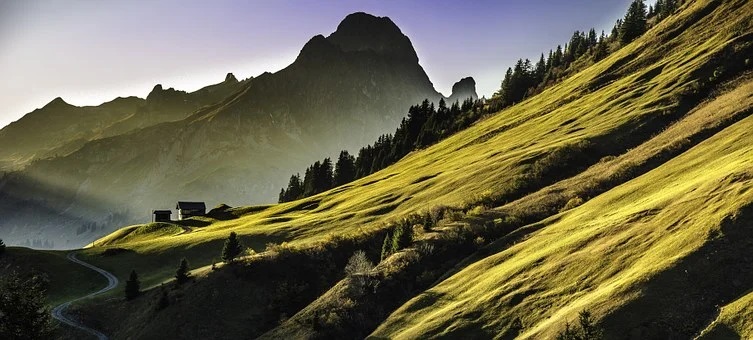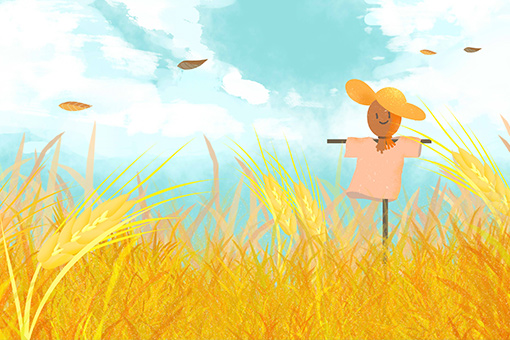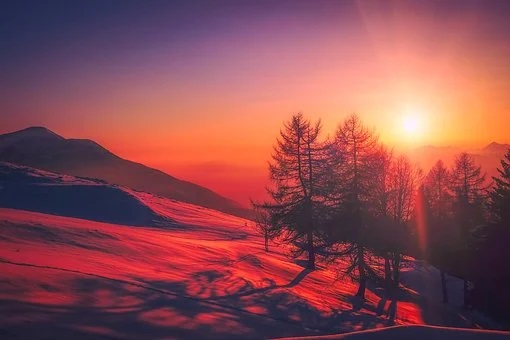What is worrying is that many who receive empowerment today do not emphasize the secret mantra vehicle vow. Those requesting empowerment do not even know these vows are required for the empowerment. So they think once they receive empowerment, everything will be great. The fact is, once one receives empowerment, the difficulty is in maintaining the secret mantra vehicle vow.
~Depicted from LUMINOUS WISDOM BOOK SERIES











